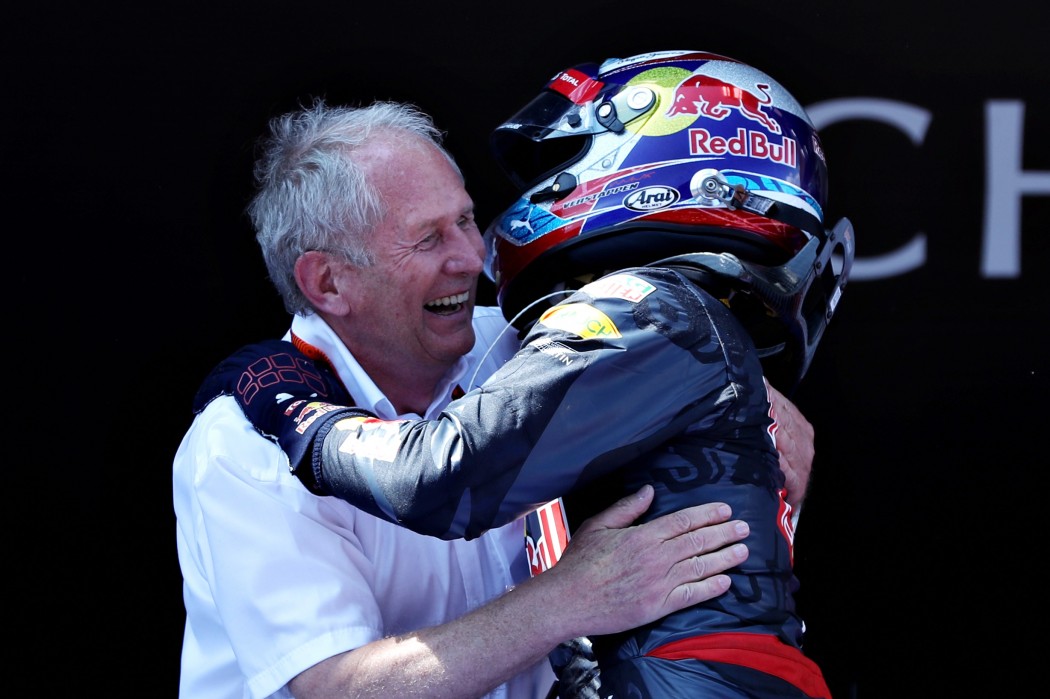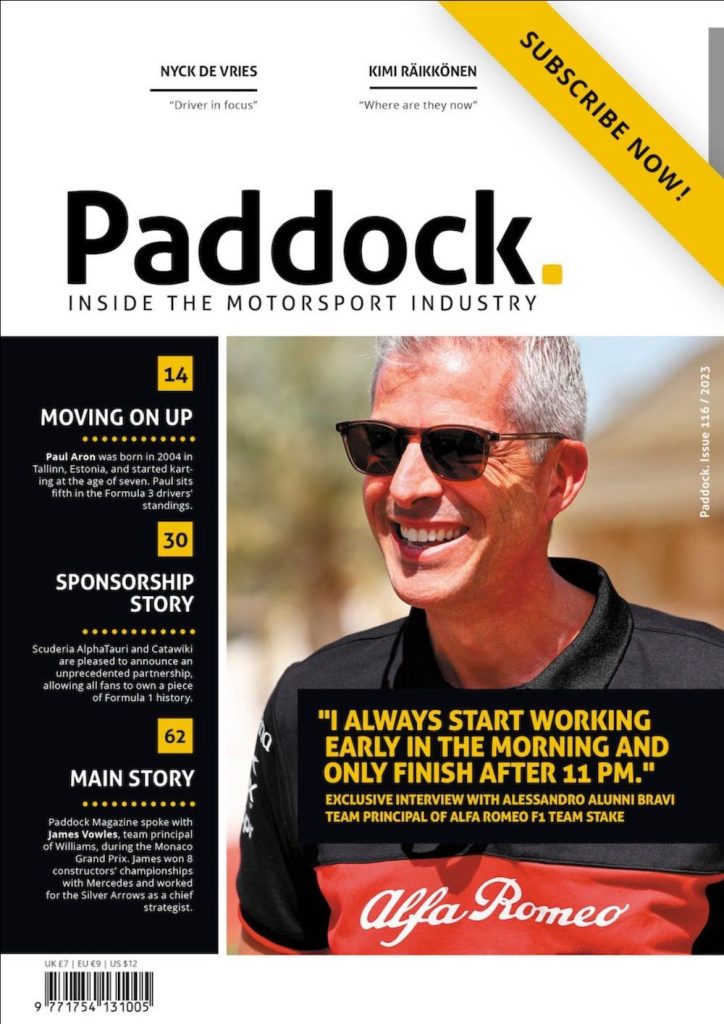It seems as if Daniil Kvyat was pushed out of Red Bull because of one bad start. The Russian youngster crashed into RBR’s former Golden Boy. The quadruple world champion shared his frustration with ex-comrades Christian Horner and Dr Helmut Marko. Then, Kvyat’s days at Milton Keynes were numbered. This narrative, while interesting, is far from the truth. The crash with Vettel had very little to do with the decision to promote Max Verstappen and demote Kvyat. The reasons for the switch are multiple and all of them are more compelling than Kvyat’s mistake in the 2016 Russian Grand Prix.
Click here to subscribe to our print edition!
Fit with the Red Bull brand
All things being equal, Verstappen is a more natural ambassador for the Red Bull brand. The Dutchman has shown a lot of passion for the sport (both the positive and negative kind) and is now among the most recognisable faces in the paddock and beyond it. Kvyat, in contrast, has shied away from public displays of emotion.
In the social media era, Verstappen has four times as many followers on Twitter as Daniil Kvyat. Even casual fans of the sport have heard about Max (and it is not because of his noisy father). Red Bull’s two Formula 1 teams are supported by the brand’s marketing budget. The fit is probably not among the most important driver selection criteria but it is not inconsequential either.
Long-term plans
Before the switch, most believed Verstappen had a two-year contract with STR (2015 and 2016), while Red Bull Racing had option to sing him from 2017 onwards. Since midway last season, RBR seemed eager to exercise the option. Rather than waiting until the season is over, they decided to make the switch as early as the fifth Grand Prix of 2016. Had they postponed the decision until after the summer break, it could have been too late. Raikkonen is expected to retire permanently at the end of 2016 and there were rumours linking Verstappen with Ferrari.
Meanwhile Kvyat failed to completely live up to the promise from his GP3 days and he would have been redundant at Milton Keynes at the end of the season. Now, at least, he has six more months in Formula 1 with Scuderia Toro Rosso that might help him find a racing seat elsewhere.
The fit is probably not among the most important driver selection criteria but it is not inconsequential either.
Better and best
Yes, both STR and RBR suffered numerous retirements in the previous two years, so conclusions based on comparisons between teammates should come with big caveats. Yet, Max Verstappen has clearly outperformed Carlos Sainz Jr, while Kvyat has failed to star against Jean-Eric Vergne and Daniel Ricciardo. Vergne ended his tenure at STR by scoring nearly three times as many points as Kvyat in 2014. Sebastian Vettel’s shift to Ferrari, however, forced Red Bull to promote him earlier than they have been comfortable with.
Besides just being better than Sainz, Verstappen is also STR’s most successful driver since Vettel himself. The Dutchman’s two fourth-place finishes from 2015 (in Hungary and the United States) are the two best race performances by an STR driver since Vettel’s fourth-place finish at the famous 2008 Brazilian Grand Prix. Ever since the German was promoted and went on to win four world titles with Red Bull Racing, STR and Dr Helmut Marko have been searching for the next big thing. They have finally found it in Verstappen.
The time is right
Max Verstappen has the talent to become a multiple World Champion. This season, Red Bull got a better car (and engine!) than they expected, so they probably thought “why wait for Verstappen to learn a bit more at STR rather than throw him in the championship fight?” If Verstappen is as good as we all think he is, why not get him in a car than can spoil the Mercedes party?






Related Articles